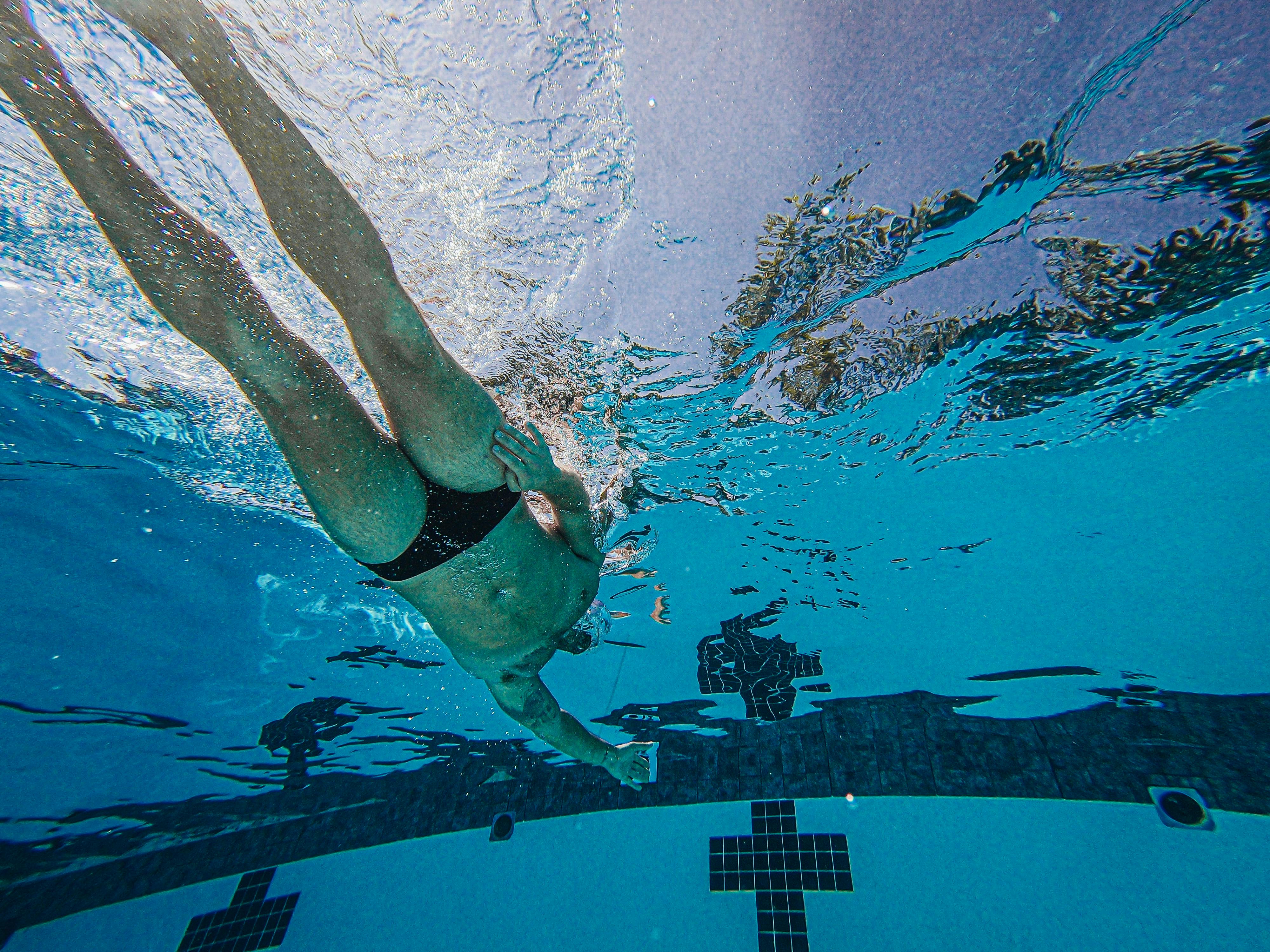"Swimming Against the Current: The Unconventional Path of Open Water Swimming"
Open water swimming, a discipline that has been around since ancient times, has lately seen a resurgence in popularity. Whether for competition, fitness, or sheer thrill, more individuals are plunging into the open waters to test their limits. This article will take you through the remarkable journey of open water swimming, its current trends, and the real-world implications of this demanding sport.

Tracing the Currents: A Historical Overview
Open water swimming is not a new phenomenon. Traces of the sport can be found in ancient civilizations, from the Greeks who considered it a vital part of their military training to the Japanese pearl divers, known as ‘Ama’. The first recorded competitive open water swim was in 1810 on the Thames River, marking the beginning of open water swimming as a competitive sport.
Taking the Plunge: Current Trends in Open Water Swimming
In recent years, open water swimming has seen a tremendous rise in popularity. This surge can be attributed to the sport’s inclusion in the Olympic Games in 2008, bringing it to the global stage. Now, from local lake races to international marathon swims, open water events are drawing participants of all ages and abilities.
Making Waves: Benefits, Challenges, and Real-World Applications
Open water swimming offers numerous benefits, including improving cardiovascular health, building mental resilience, and fostering a deep connection with nature. However, it also presents unique challenges, like unpredictable weather conditions, aquatic wildlife, and the lack of lane lines to guide the way.
Despite these challenges, open water swimming’s real-world applications are profound. It is used in life-saving training for lifeguards and military personnel and as a tool for environmental advocacy, with swimmers raising awareness about water pollution and climate change.
Riding the Wave: The Science Behind Open Water Swimming
Open water swimming is more than just a physical challenge—it’s a test of mental strength. Research shows that the sport can help reduce stress, improve mood, and even boost creativity. The physiological changes that occur during a swim in cold water, such as the release of endorphins and the activation of the ‘fight or flight’ response, can have a profound impact on mental health.
The Next Lap: The Future of Open Water Swimming
With the rise in popularity of open water swimming, its future looks promising. As more people seek out unconventional ways to stay fit and connect with nature, open water swimming is likely to continue to grow. With increased recognition, improved safety measures, and continuous innovation, the sport is set to make even bigger waves in the future.
Open water swimming is a testament to human endurance and our innate connection with the water. It is a sport that challenges and rewards in equal measure, offering a unique blend of physical exertion, mental toughness, and a profound sense of accomplishment. So, whether you’re an experienced swimmer or a curious beginner, it may be time to dive in and see where the current takes you.




